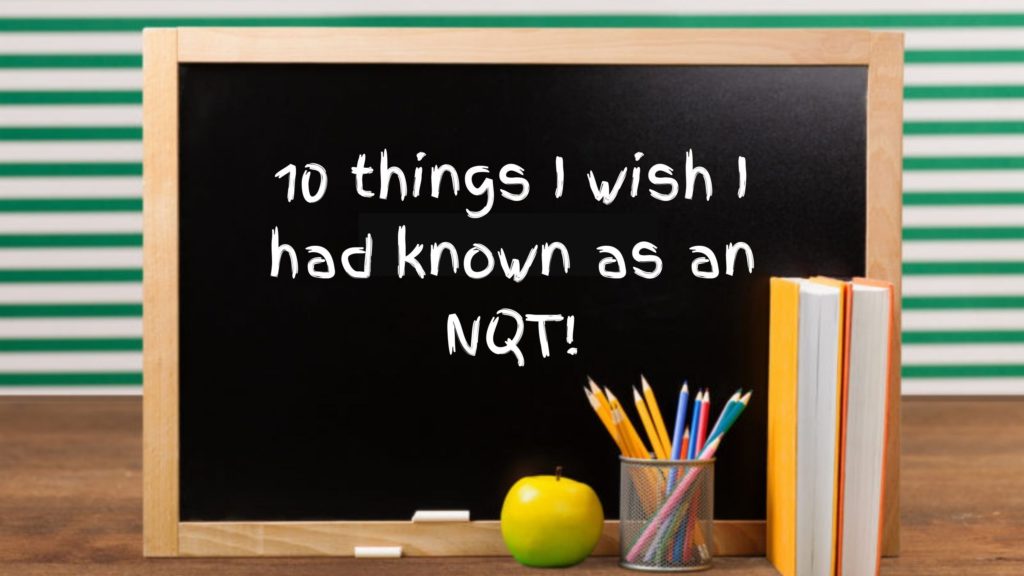Show and tell and class assemblies – daunting or enjoyable?

Love it or loathe it the primary school ‘show and tell’ assembly is with us to stay! It fills even the hardiest and experienced of teachers with a certain dread and nervousness as we remember the old theatrical showbiz adage, “never work with children or animals!”
There are however some very quick fixes to try and ensure your 15 minutes in the spotlight with your class goes as well as it can go and maybe even be an outstanding performance!
The one thing that you do not need to worry about is keeping your audience engaged. Children like nothing better than watching and listening to other children preform. They will sit for ages engrossed and mesmerised.
Keeping the adults with you is a different ball game and at these ‘class assemblies’ there are often a variety of stakeholders! The senior leadership team usually makes an appearance, if there is a visiting school improvement partner or governor they will sit in and there will definitely be the whole school staff along with their class.
Planning the content, the practice and the support each pupil will need is key. Never underestimate how long this will take.
Making sure that the children do their best performance and it reflects on their attainment and progress under your watch is key. The first step to assuring it runs smoothly is to make sure everything is planned, planned and then planned some more.

It is a fantastic learning tool and teaches the pupils not only speaking and listening skills, but also gives them organisational, creative and performance opportunities. If the pupils have lines to say and parts to act out, give them the opportunity to practice them, get to know them and to most importantly learn them! Send their lines home on a piece of paper or give them their highlighted script.
It is incredible how quickly children can learn them. Get the pupils to practice speaking loudly and clearly and also at a pace that the audience will be able to hear and follow. It is always a lot slower than we, the speaker thinks.
Do you have something visual the school can look at whilst you wait for the ‘performance’ to begin? Do you have a ‘wow’ factor to your opening and a conclusion/finishing section?
Build in practice time in the place of the assembly and make sure that your props and supporting resources are well organised and to hand during the dress rehearsal. Do you have music for the school to come into the hall to?
Make it visual, interesting, add in a few questions to the audience to make it interactive and to ensure the audience is listening (adults as well!) and support your class by stepping in to guide if anything goes a tad pear-shaped! Most of all enjoy the experience and when it is over you can breathe a huge sigh of relief!








Responses